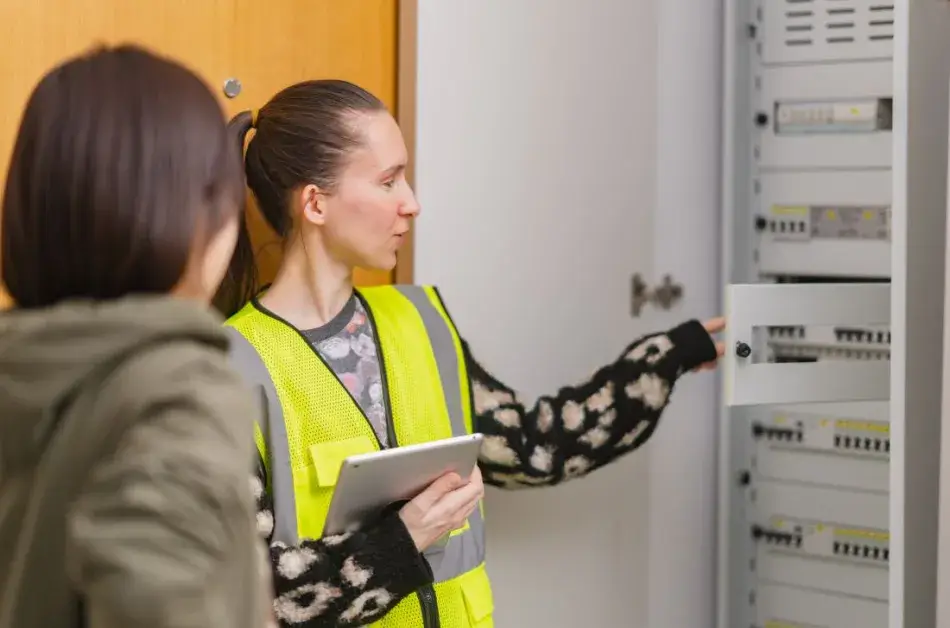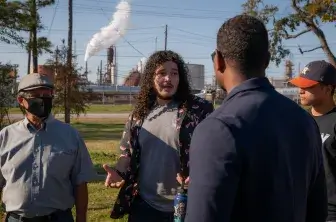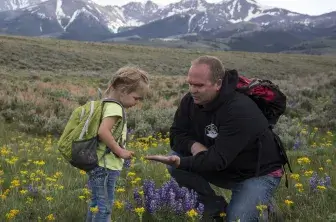Case study
Southern California Edison: Centering environmental justice in electrical grid modernization

With so many important aspects of everyday life, including health, safety, and national security, reliant on the electrical grid, it is essential that significant steps be made in modernizing the grid to help control emissions, prevent outages, and protect against extreme weather events. In much of the country, grid infrastructure is lacking due to age or underinvestment. About 70% of transmission lines in the U.S. are over 25 years old, with an average age of 40 years. At this age, reliability of transmission lines is majorly compromised. As work on modernizing the grid progresses, it is vital to center the needs of frontline communities to ensure equitable outcomes.
Southern California Edison, which provides electrical service to about 15 million people in Southern California, has taken steps to integrate environmental justice into its policies. When prioritizing which infrastructure to upgrade, factors such as socioeconomic status and availability of transportation are taken into account. Additionally, in wildfire disaster preparedness and response, environmental justice factors are taken into account. Southern California Edison has done analysis on segments of customers that would be differentially impacted by public safety power shutdowns, such as those reliant on electricity powered medical technology. Additionally, efforts such as translation services are made to keep all customers informed.
Community engagement is also a priority, and efforts are made to engage with communities through trusted local leaders, community-based organizations, small businesses, and tribal leaders. Engagement is focused on both infrastructure and policies as well as avenues to increase the affordability of services. An outreach program called emPOWER has also been established to improve communication with communities who may not hear about assistance through traditional channels or who may be reluctant to engage. Community-based organizations develop materials for these communications that are tailored for their audiences, engaging, and accessible.





